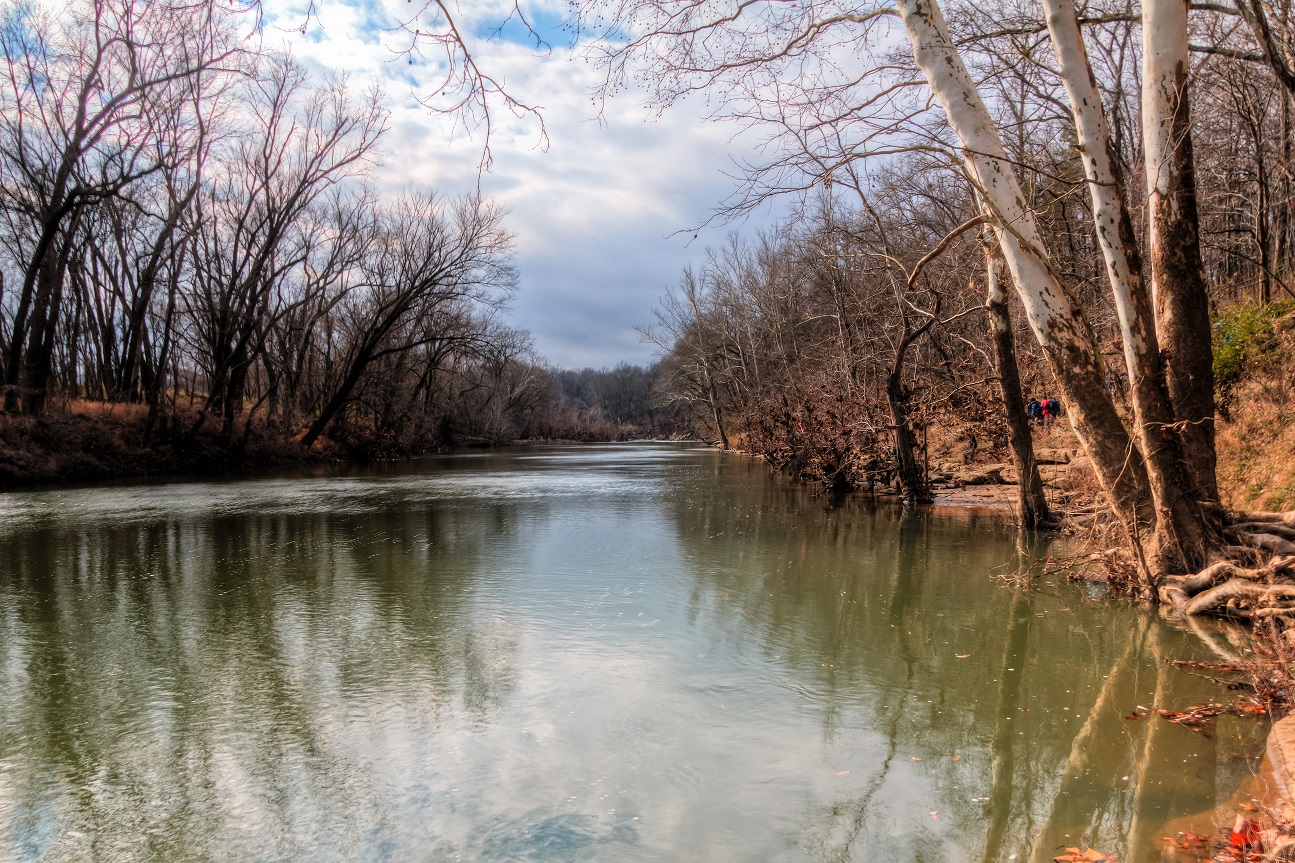Workshop - Aligning conservation priorities in Tennessee

written with support from:
Greg Wathen, Tennessee Wildlife Resources Agency
Mallory Martin, Hilary Morris, & Todd Jones-Farrand, U.S. Fish & Wildlife Service
Tennessee’s forestry and wildlife agencies are tasked with managing the state’s forest and wildlife resources to meet a list of increasing demands for a growing population. Both the Tennessee Division of Forestry and Tennessee Wildlife Resources Agency have developed statewide assessments and action plans. These plans identify a number of shared priorities, and collaborative actions can result in synergistic accomplishments that neither agency would be able to achieve on its own.
The “Aligning Southern Conservation Priorities” team hosted a workshop on March 29th directed at a deep exploration of three disparate but related conservation planning frameworks: The TN State Wildlife Action Plan, the TN Forest Resource Assessment and Strategy, and the Southeast Blueprint. Through this exploration, we reviewed available data products and tools, explored areas of alignment and mis-alignment and their reasons, and identified potential themes for future development and collaboration. Topics included:
- Evaluating development threats to Conservation Opportunity Areas
- Riparian buffer restoration
- Coastal Plain expansion and associated species range shifts
- Future conflicts between urbanization and prescribed fire priorities
During and following the workshop, attendees expressed interest in three areas and identified associated action steps:
- Identify how the Southeast Blueprint, along with other regional datasets, can be integrated into state action plans to enable Tennessee’s state agencies to secure additional funds.
- Continue exploring datasets about riparian buffers, fire, future urbanization, and the wildland-urban interface in support of Tennessee’s upcoming Forest Action Plan revision.
- Dig deeper into amphibian and reptile species range shifts in response to climate change, particularly across state lines and for species of greatest conservation need.